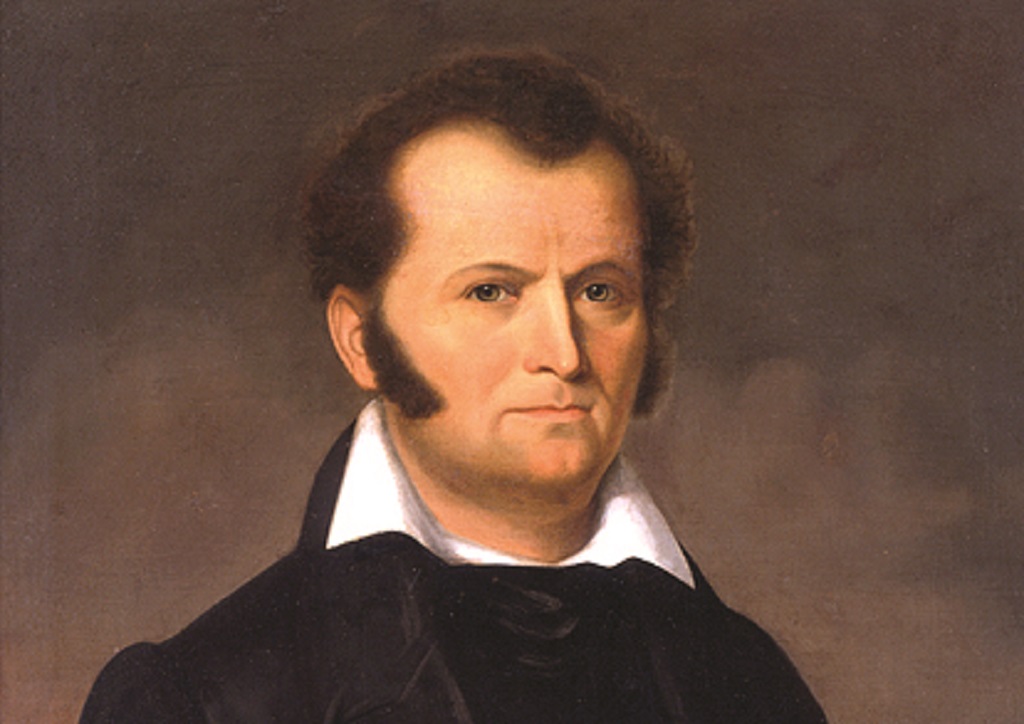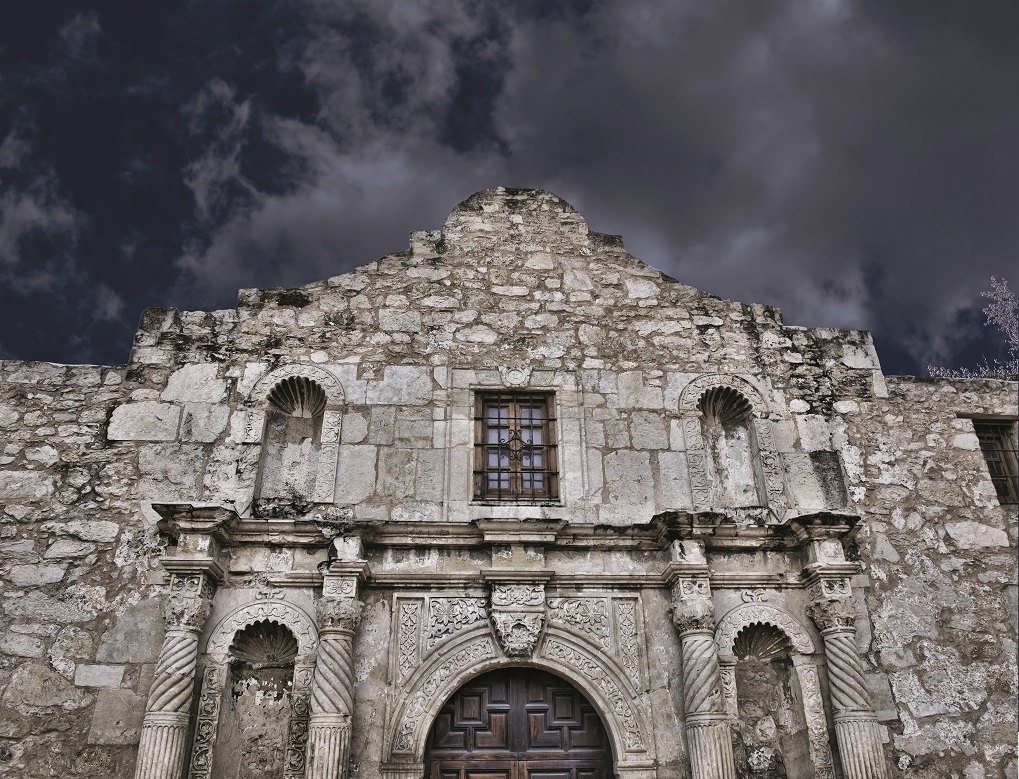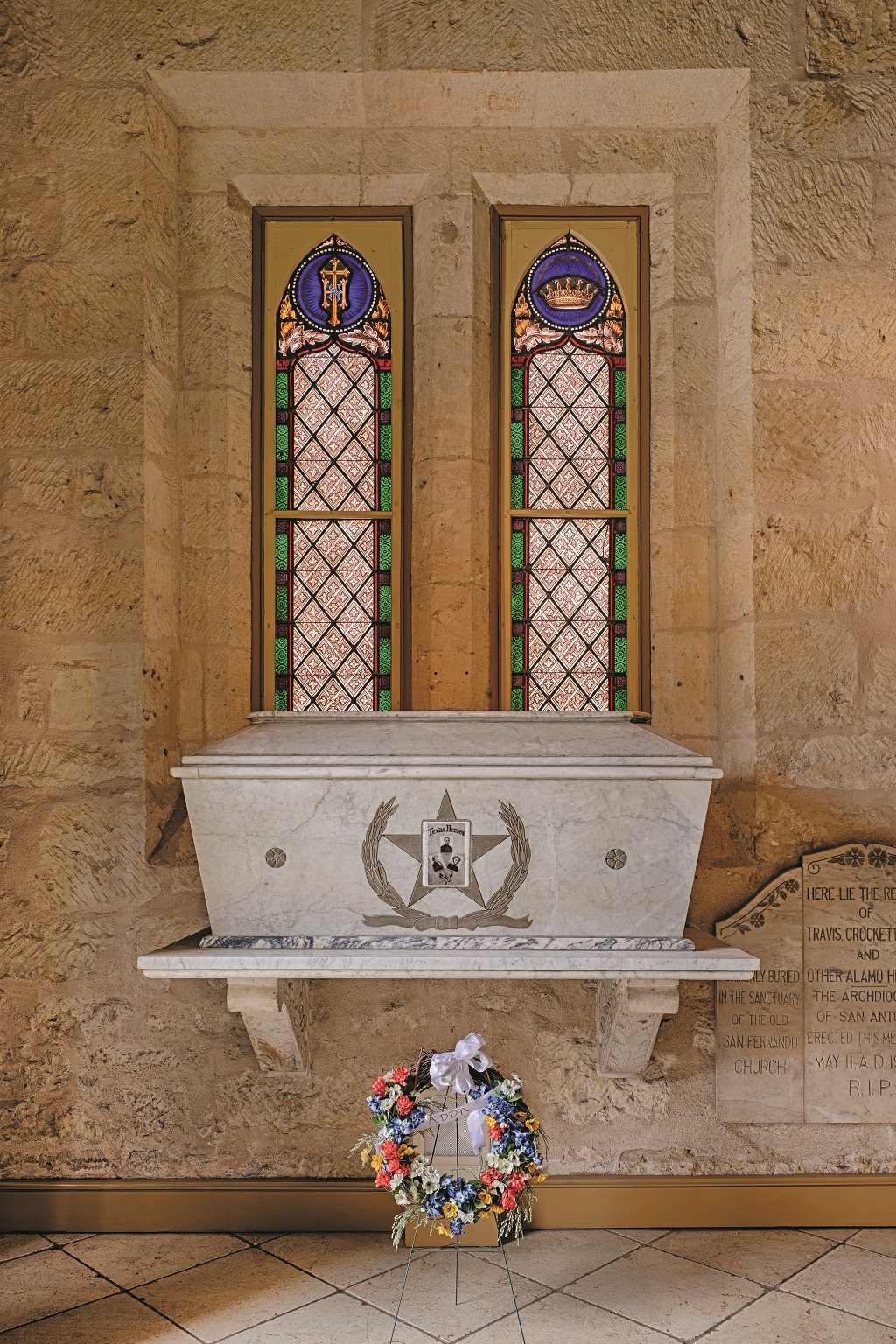
Scots casualties at the Battle of The Alamo
The Alamo is known as ‘the Shrine of Texas Liberty’.
Ever since the victory at San Jacinto in 1836, Texans and other Americans have shouted ‘Remember the Alamo’ as they charged into battle.
But 80% of the men who died at the Alamo in 1836 were Scots or of Scots descent – and all of them viewed it as a re-run of Bannockburn when free men stood against an oppressor.
To a European raised on the Classics, there are strong parallels between the Alamo and the Greek battle of Thermopylae. In each case, a hugely outnumbered force held out for long enough to give their compatriots time to organise an effective resistance, and the casualties they inflicted on the invading army served both to demoralise the enemy and inspire their friends.
In each case the defenders’ deaths were seen as a heroic and necessary sacrifice, a precondition to securing their country’s eventual liberty.
But the Alamo defenders did not at first plan to be a sacrifice. They expected to win. And the parallel they saw was not with the ancient Greeks, but with the Scots at Bannockburn.
The Alamo is the number one tourist attraction in Texas. The site itself, to many visitors’ surprise, is in the very centre of the modern city of San Antonio. On a Friday evening in early April every year, before the San Antonio Highland Games, a group of Texans of Scottish descent gather in their kilts and tartan sashes at the Alamo to celebrate National Tartan Day – which is designed to remind us of what took place in Arbroath Abbey on April 6, 1320 – and to commemorate those of Scottish descent who died at the battle.

James ‘Jim’ Bowie was of Scottish descent
Speeches are made, the Declaration of Arbroath is quoted, Highland dances performed and pipes played. The pipe band is led by members of the Sutherland family, which has been in South Texas for more than 200 years and lost a relative at the battle. The event itself was first organised by Ellis Buchanan, one of whose relatives also died at the battle, having come down from Tennessee with Davy Crockett.
What few people realise is the sheer number of Alamo defenders who were either Scots or of Scottish descent.
According to estimates by Carl Petersen, a Greenock-born folksinger who has lived in the US for many years, the answer is more than 80% of them, including men like Crockett and James ‘Jim’ Bowie (whose name was Buidhe in Gaelic, which when anglicised becomes Boyd, and when later anglicised is rendered Bowie and associated with Clan Ranald).
Peterson has produced a fascinating book, Now’s the Day and Now’s the Hour, in which he explores the significant role played by Scots and Americans of Scottish descent in the political and cultural life of Texas during its struggle for independence.
Many of the early Texan songs, like Streets of Laredo, consisted of new words put to old Scottish tunes. Peterson has also produced a CD, Scotland Remembers the Alamo, in which he sings both versions of these old songs.
Clearly, however, this is not the way the city presents itself today. Scotland is just not part of its narrative. Instead, San Antonio is proud to be the most Hispanic major city in the United States, a crucial gateway into Latin America and demographically into the future of the US itself.
If it allows itself to look back, it is to remember the old Spanish missions or the contribution of the Germans, who settled much of the surrounding country in the late 19th century, bringing with them such Texan standards as the barbecue and beer.
The role of Scots is overlooked despite the fact that, while San Antonio itself was clearly named by Spanish settlers, Houston, Dallas and Austin all have Scottish names, to say nothing about McAllen to the south.

The Alamo is the most popular tourist attraction in Texas
Entrepreneur Stephen F. Austin, whose family were members of Clan Keith, was given the task of encouraging Americans to settle in the state when it was a sparsely populated northern province of Mexico. The fact that most of the land grants he made were to fellow Scots should not come as a surprise, since people of Scottish descent outnumbered those of English descent two to one in the southern United States at the time of the first census in 1790.
It has even been suggested that this Scottishness was a factor in the civil war. Independent-minded Scots had played a major role in the War of Independence, which King George referred to as a Presbyterian rebellion, and they had not thrown off one government in London to replace it with another in Washington DC.
What Americans call ‘feistiness’, the willingness to fight for a principle, especially for the liberty that they saw enshrined in Arbroath, has been called Scotland’s great contribution to the American character, and it was certainly evident in those early Texans.
When a new government in Mexico rescinded the freedoms guaranteed under its predecessor, the settlers rebelled and then declared themselves an independent state. A group of them made for San Antonio and began to strengthen the defences of the former Spanish mission known as the Alamo.
But what of Bannockburn?
When you think about it, the parallels are obvious. In each case the defenders were facing a much larger army coming across their southern border, led by an autocratic ruler with arguably a better legal claim to the land.
For King Edward of England see General Antonio de Padua Maria Severino Lopez de Santa Anna y Perez de Lebron, the self-proclaimed Napoleon of the West.
What clinches the connection is our old friend Robert Burns, and specifically his song Scots Wha Hae, in which Bruce addresses his troops before Bannockburn. At crucial moments the song is invoked by the defenders. When the appeal went out for reinforcements, the headline in bold letters read, ‘Now’s the Day and Now’s the Hour!’ The last courier to get out of the fort, Albert Martin, added a note to his official dispatch that the defenders were determined to ‘do or die’ – the famous last line of Scots Wha Hae.
The defenders even had their own piper, a native Scot called MacGregor, and a fiddler, rumoured to be Crockett himself. We know they played and sang songs every evening, and must assume that Burns’ great song, written some 43 years earlier and which captured the imaginations of Scots around the world, was often carried on the evening air across to the Mexican lines:
Scots wha hae wi’ Wallace bled,
Scots wham Bruce has often led,
Welcome to your gory bed
Or to victory.
Perhaps the only one who saw the worst coming was Travis, the young commander. He was one of the few whose ancestry was predominantly English, but he also loved the Waverley novels of Sir Walter Scott and may have seen the Texans’ heroic stand as deriving some of its romantic nobility from its very futility, like that of the Highlanders at Culloden.

The shrine to remember those who died at The Alamo
Travis, then, may have been privately aware of a different Scottish antetype for the battle, from that which he publicly embraced. But if Bannockburn and the Scottish Wars of Independence played such an important role in inspiring the Alamo defenders and those struggling for Texan independence, and if this source of inspiration is so little known and appreciated, what is being done to remedy the fact?
In 2010 we were able to bring the then Scottish Minister of Energy, Enterprise and Tourism, Jim Mather, to San Antonio, where he laid a commemorative stone of Caithness marble at the shrine, the only such offering that site’s traditional guardians, the Daughters of the Republic of Texas, have allowed to be placed permanently in the shrine itself.
It is a fitting tribute to the Scots and men of Scottish descent who died to create the Texas we know today.
This feature was first published in January 2016.
TAGS

